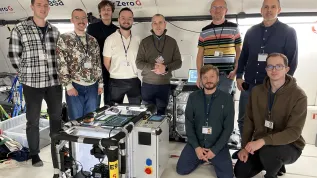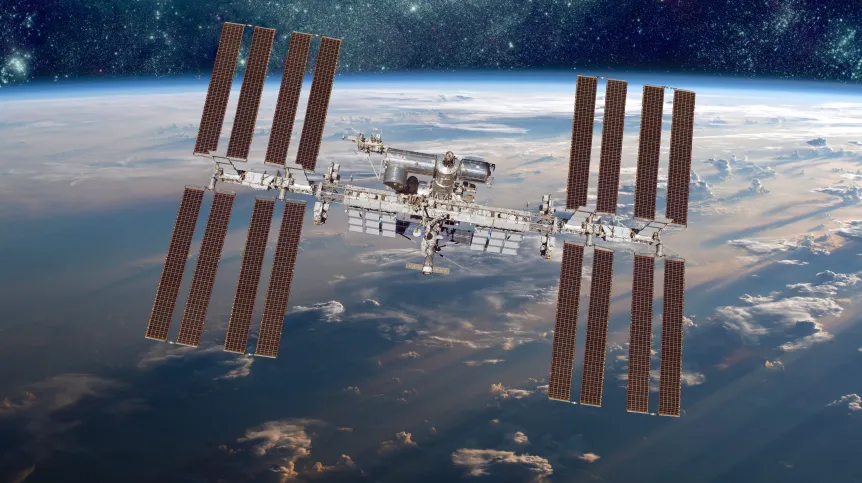
Drugs stored in space degrade faster. During the Polish space mission IGNIS, scientists will test whether biodegradable, polymer 'shields' will extend this time. If so, the path to developing new drug release systems for astronauts will open.
will be one of 13 experiments in the Polish technological and scientific mission IGNIS to the International Space Station (ISS). The experiments will be conducted by Sławosz Uznański-Wiśniewski, a Polish project astronaut of the European Space Agency (ESA). According to recent announcements, the mission will launch 'no earlier than May', although in the case of this experiment, samples were be launched into orbit on April 21, together with a commercial resupply mission operated by SpaceX.
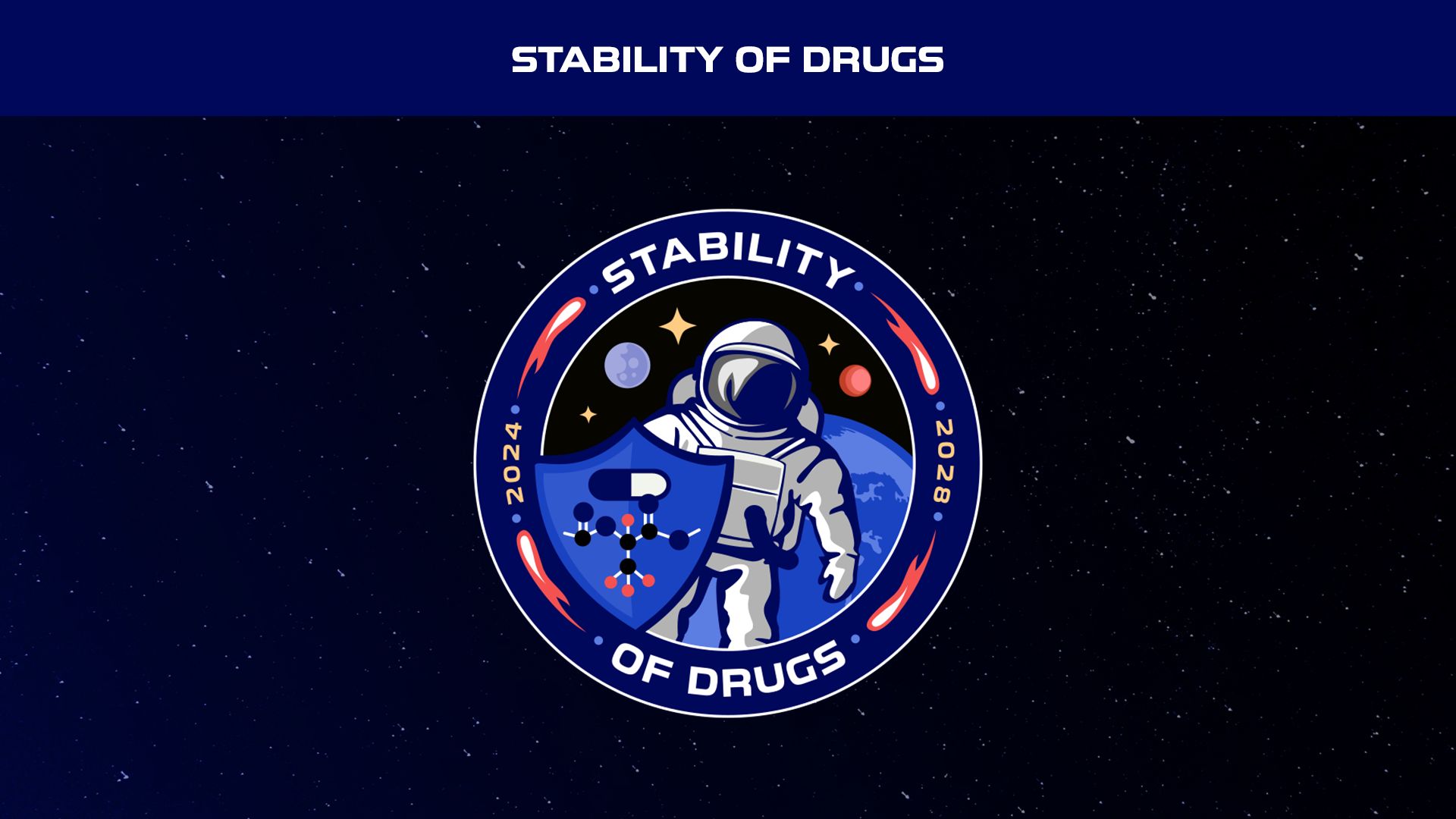
The main goal of the experiment is to check how the conditions in orbit affect the shelf life of polymeric, biodegradable drug storage and release systems. In other words, whether the drugs in these 'shields' will be more stable than commercially available tablets - or at least whether they will be just as stable.
JAccording to the initiator and coordinator of this experiment, Jakub Włodarczyk, PhD, from the Centre of Polymer and Carbon Materials of the Polish Academy of Sciences in Zabrze, previous studies have shown that drugs stored in first aid kits on the International Space Station degrade faster than on Earth. The main reason is the higher level of cosmic radiation.
'That is why we decided to use the properties of biopolymers to create a kind of shield for drugs. Polymers are made up of light atoms, such as carbon, oxygen or hydrogen, and hydrogen is the best shielding material of the three. This means that it can, in a way, block cosmic radiation that penetrates the station, even reaching the human body or the inside of drugs, as in this case', the scientist says in an interview with PAP.
Włodarczyk reminds that polymers in medical and pharmaceutical applications are not unusual these days, and polymer drug delivery systems are starting to become commercially available. Despite this, new applications for these materials are still being sought. 'In our experiment, we use biodegradable polymers that completely decompose and can be safely absorbed by the body. I would like to emphasize here that polymers are not only this +bad plastic+, environmental pollution, disposable packaging, ubiquitous microplastics. These are also materials that can save people's health and lives and be used in the exploration of new places', he adds.
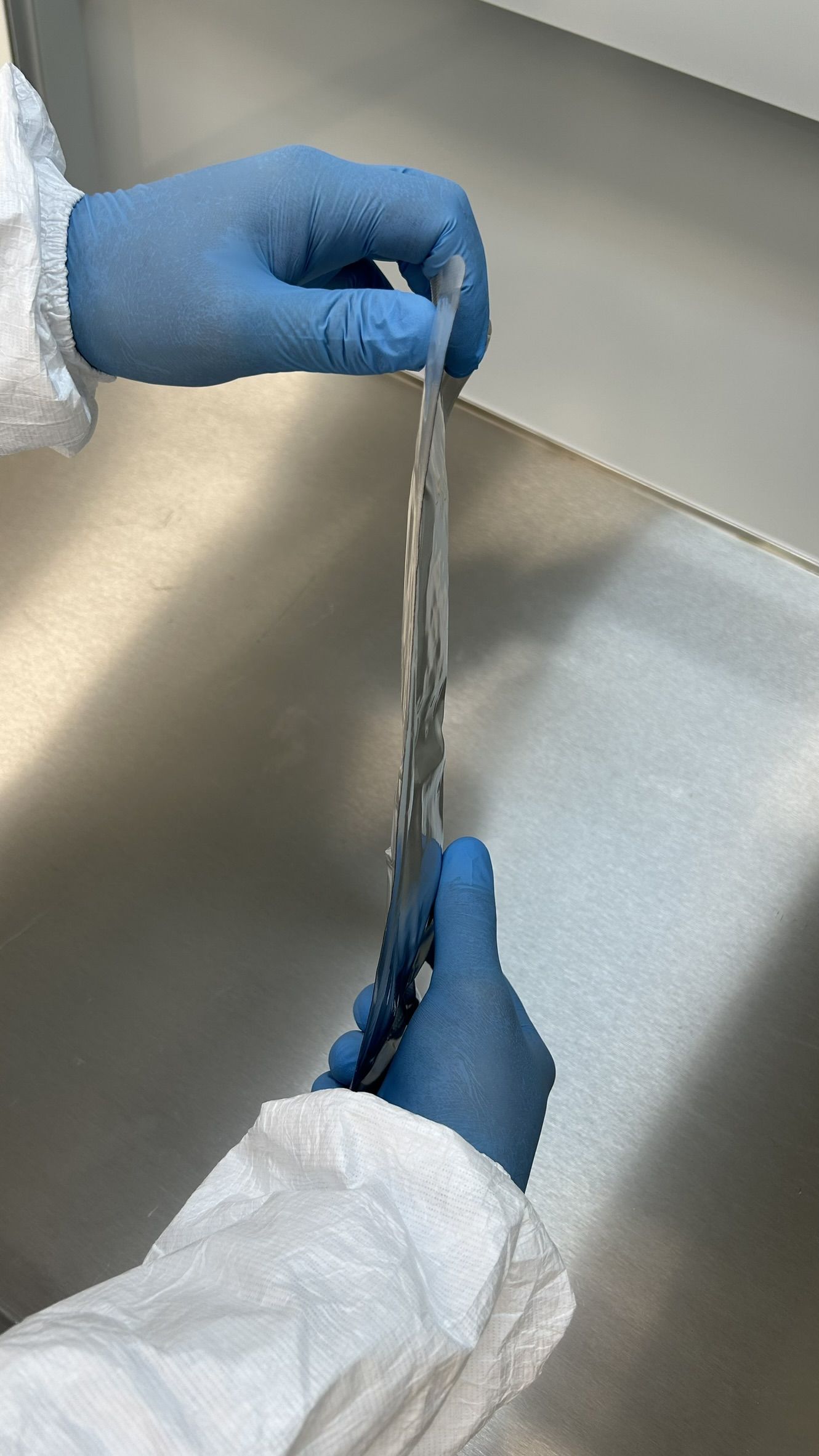
Polymers - the main components of plastics - can be formed and mixed with other substances in almost any way. 'They can be mixed with drugs on the same principles, which is what we did. Then we used this mixture to obtain samples in the form of a film with a thickness of about 1 mm and a surface area of about 24 square cm. In this form, the polymer drug delivery systems will fly into orbit', the researcher says.
Włodarczyk emphasises that drugs in a polymer delivery system will not be tested in the experiment in their target form, but in the simplest geometric form. 'Our drug delivery systems are just a starting point; it is known that such a film cannot be swallowed or implanted. However, the formation of the application form that suits us depends on the specific applications - such a drug release system can be, for example, ground, mixed with a hydrogel and injected under the skin, or fibres can be produced from it, and from them - an implant or a dressing that releases a drug', he sasays.
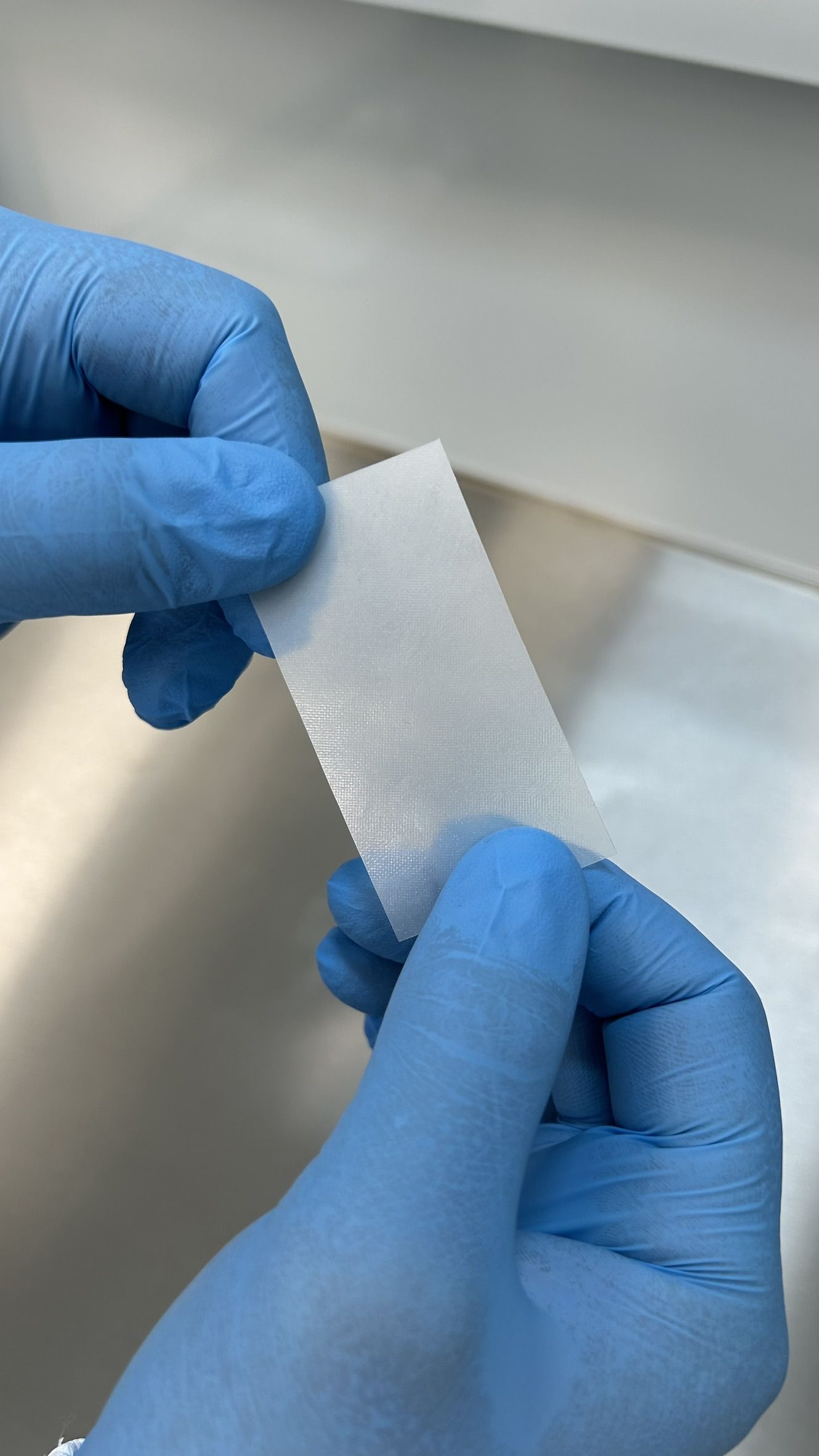
Another advantage of polymers is the possibility of controlling the rate of their decomposition in biological conditions, which allows to program the rate of drug release - so that the drug substance can be dosed over a specific period, and not immediately and in its entirety.
'I have been researching biopolymer drug delivery systems for several years. When I learned about the possibility of conducting an experiment on the International Space Station, I immediately started checking whether anyone had already studied it. It turned out that there were no research papers on this topic; I only found ones that studied metal systems or classic forms of drug delivery. This surprised me, because today on Earth it is a very strongly developed topic and most scientific institutions related to pharmacy or chemistry are working on innovative drug delivery systems', the scientist says.
Examples of such biopolymer drug delivery systems include dressings that are applied to a wound once, and the drug works over the course of several days or even weeks; or a drug in the form of an subcutaneous implant, which releases the active substance in even doses into the bloodstream over the course of a week, for example. During release, the polymer carrier is gradually decomposed and absorbed by the body, and, depending on its type, its non-toxic decomposition products are processed by cells into energy or excreted.
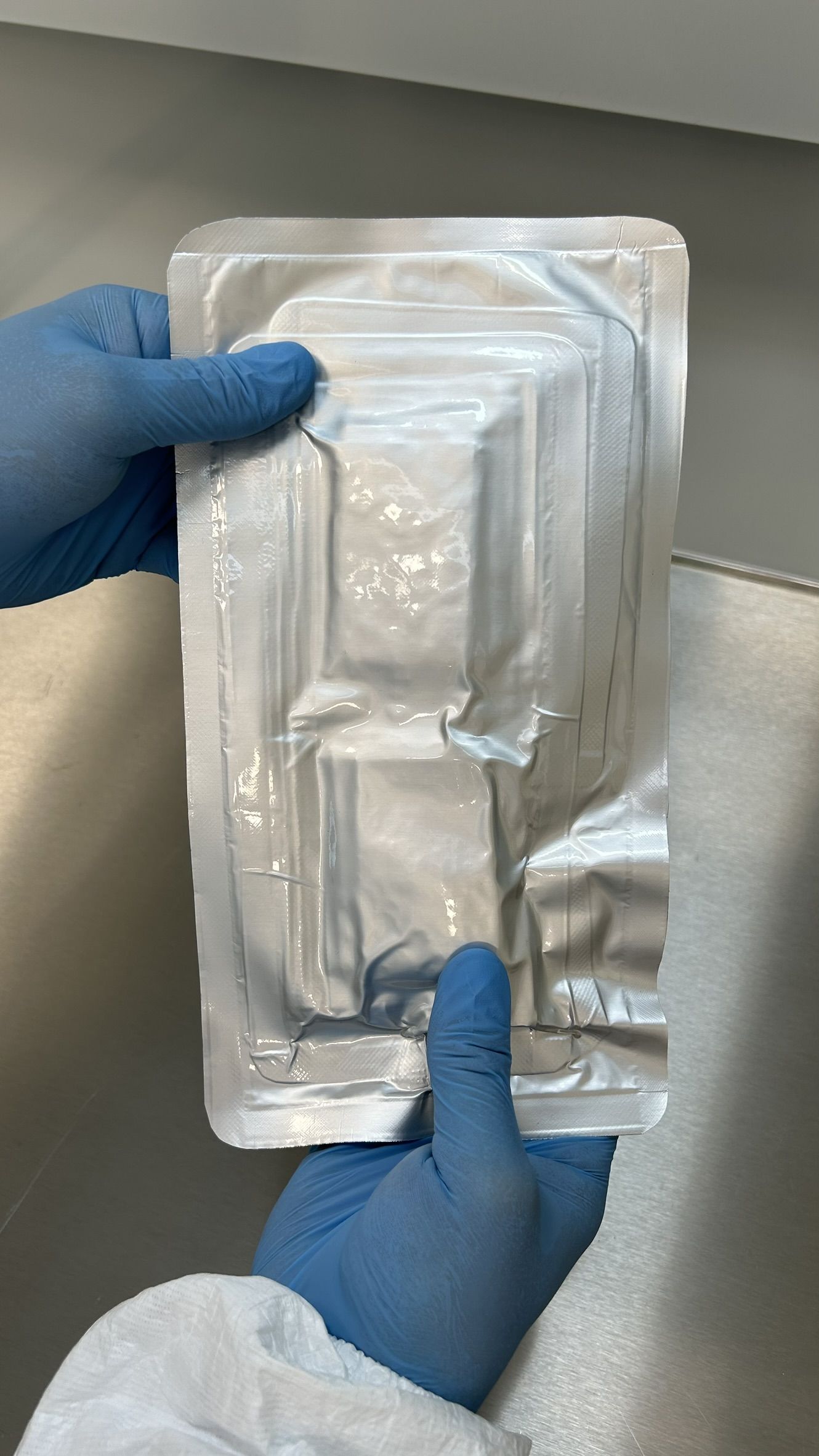
As part of the experiment, scientists selected three polymers for research, all of them already known and used in medicine (approved by the American Food and Drug Administration - FDA), differing in several properties, the most important of which are the rate of degradation and crystallinity.
The medicinal substances themselves also differ in terms of action and chemical structure. They include painkillers, anti-inflammation drugs, as well as antibiotics, antidepressants, and a drug used for radiation in anti-cancer therapy (the latter was chosen in the context of potential protection against space radiation). In total, 18 different combinations of polymer drug delivery systems will be tested.
In this particular case, astronauts do not take part in the experiment. Their task is to place the packages in the Columbus research module on the ISS: one part directly in the laboratory space, at ambient temperature, and the other - in the refrigerator, at a lower temperature, which slows down the decomposition processes, and the housing additionally protects against radiation.
The packages contain three types of samples: pure drugs (in the form of compressed tablets), empty polymer matrices and matrices with drugs introduced into them. One package weighs about 200 g. In total, there will be 8 sets of samples on the ISS (three each at ambient temperature and in a cold store, and one spare in both places).
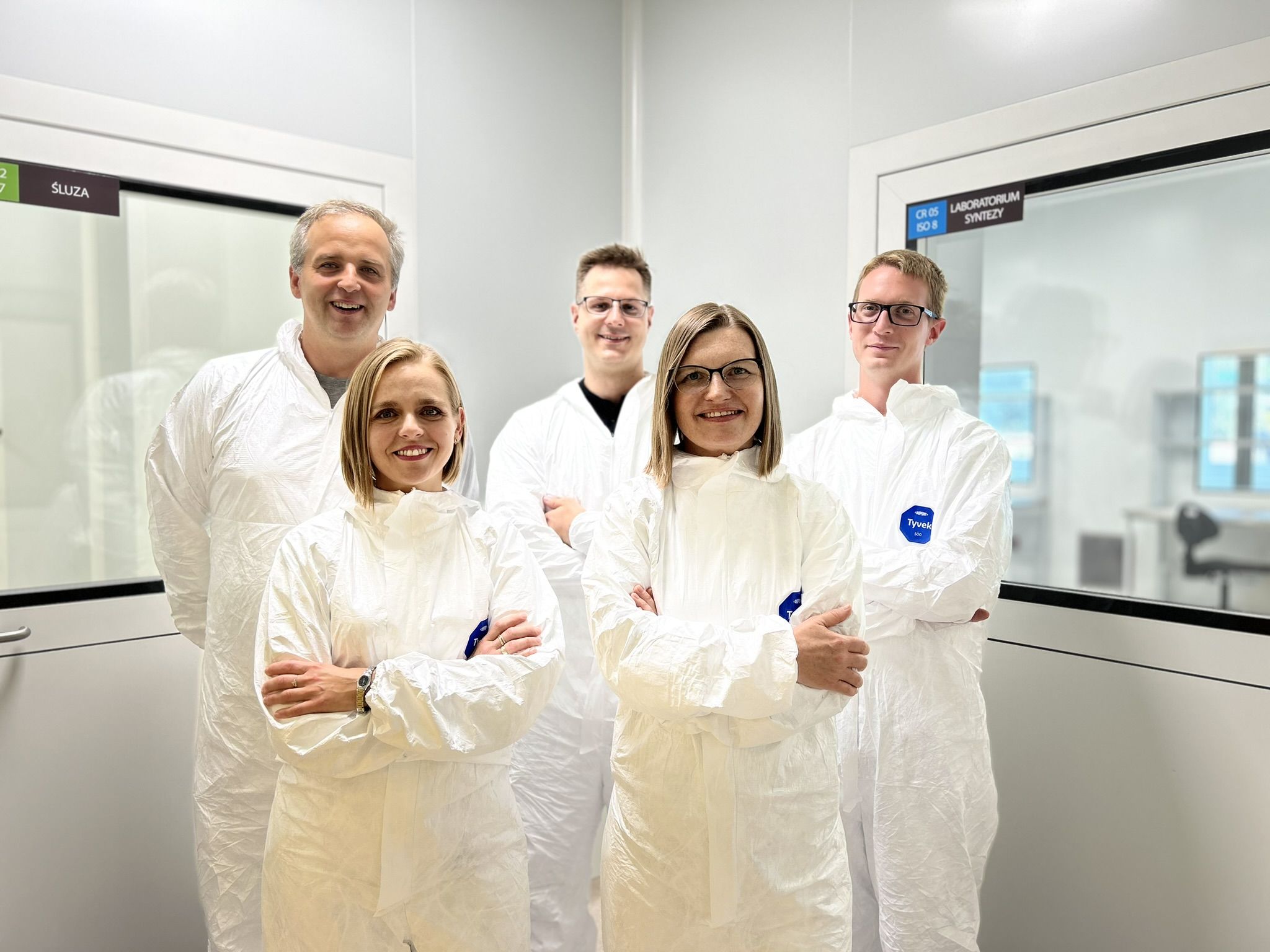
The experiment is planned for three years, during which, approximately every year, two packages will be sent back to Earth: one from the lab and one from the refrigerator. In addition, researchers at the Centre of Polymer and Carbon Materials PAS will conduct a parallel experiment, which will serve as a reference point for the results obtained in orbit.
'We often talk about the transfer of technology from space to Earth, which has happened many times in history. Here we have the opposite situation, when research on Earth is already at an advanced stage, and in orbit it is still the future', Włodarczyk concludes.
PAP - Science in Poland, Agnieszka Kliks-Pudlik (PAP)
akp/ zan/ jpn/


